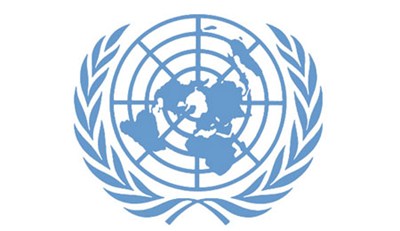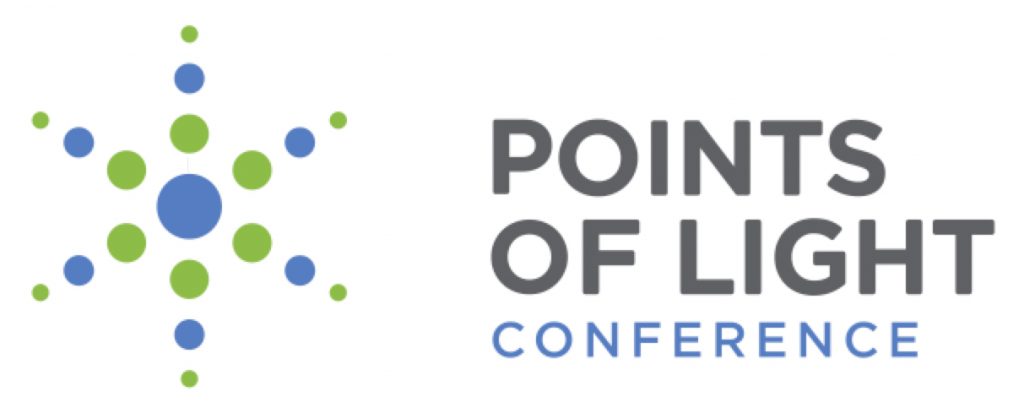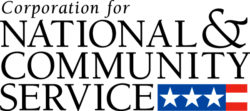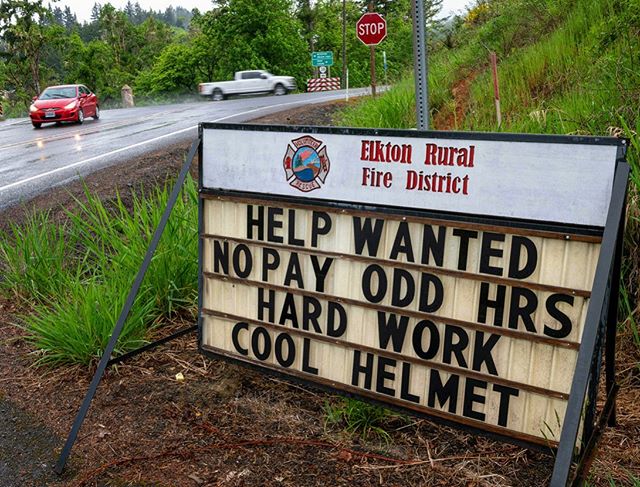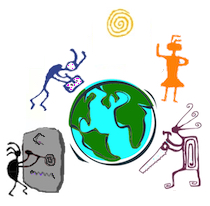
SARS-CoV-2, the infectious disease which causes Coronavirus disease 2019 (COVID-19), will change volunteering abroad – and all international humanitarian response.
This change won’t be just for the next two years – it could be forever. I have been thinking a lot about that lately, and was going to write about it – but this editorial analysis by Ali Al Mokdad at DevEx says everything I’ve been thinking – and more.
Mokdad notes that the ongoing pandemic means that many international non-governmental organizations “will finally pay extra attention to the importance of nationalizing and localizing interventions, and that “community-based interventions and empowering local staff will be among the main themes of the new cultural and operational shift that the pandemic is causing.” It notes that “we are going to see more local staff as program managers, site managers, coordinators, and senior members in leadership positions within INGOs” and that, as INGOs reduce their rate of direct implementation – putting international staff into the field – their staff profiles could shift from that of operational expertise to fundraising, technical support, analysis, advocacy, and strategic leadership positions.
This shift is also going to greatly affect volunteering abroad programs. Mokdad notes the criticisms of voluntourism (as have I) and adds:
The economic situation and safety considerations after COVID-19 will not provide a chance for people interested in unpaid internships to go abroad to support country mission programs. INGOs will not be able to afford the risk of offering such opportunities, and people will not be able to afford working without pay. Unpaid internships and voluntary work will only increase at the local and national level, but voluntourism will slowly disappear.
I will add one more thing: I see a big demand coming for high-responsibility, high-impact remote volunteering – virtual volunteering in support of locally-based NGOs in the developing world. I see it as both a substitution for many short-term volunteering abroad programs for the next two years, and a permanent option even beyond that. And I may be getting funding to explore the idea. Stay tuned.
What do you think?
Here’s all of my many blogs about voluntourism.
And here is something I am soft launching: Ideas for High Impact Virtual Volunteering Activities: This resource is for people seeking ideas for an online project that will mobilize online volunteers in activities that lead to a sustainable, lasting benefit to a community or cause, particularly for a community or audience that is at-risk or under-served. I created it especially for programs looking for ways to engage online volunteers in high-responsibility, high-impact tasks focused on communities in the developing world, because onsite volunteering abroad is not an option – which is the reality in 2020, and probably 2021, because of Coronavirus disease 2019 (COVID-19), an infectious disease caused by severe acute respiratory syndrome coronavirus 2 (SARS-CoV-2). These ideas absolutely can be adapted for remote volunteering within the same country where the online volunteers live as well – “remote” could mean across town rather than around the world.

If you have benefited from this blog or other parts of my web site and would like to support the time that went into researching information, developing material, preparing articles, updating pages, etc. (I receive no funding for this work), here is how you can help.

